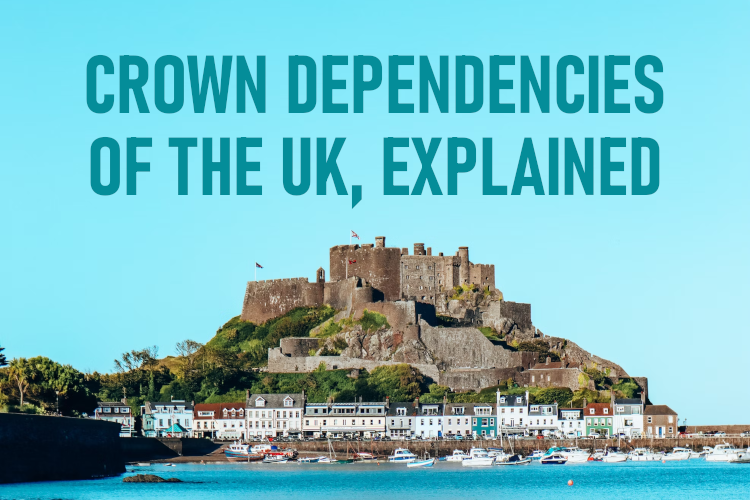
In a previous article we covered the difference between the United Kingdom, Great Britain and the British Isles. We also briefly mentioned why the British Overseas Territories are considered separate from the British Crown Dependencies.
In this article we’ll take a closer look at the Crown Dependencies: What are they? Do they form part of the UK? What makes them so special anyway?
Let’s find out.
What are the Crown Dependencies?
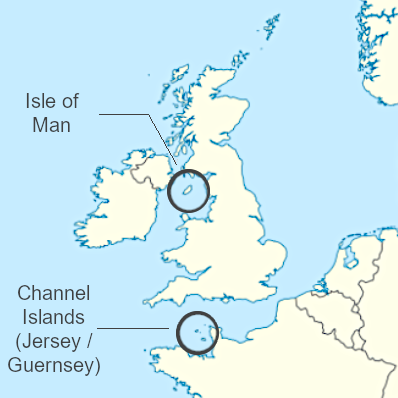
The Crown Dependencies are three island territories off the coasts of Great Britain and France. They are the Isle of Man, the Bailiwick of Jersey and the Bailiwick of Guernsey (the latter two making up the Channel Islands).
These three entities are not part of the United Kingdom nor are they British Overseas Territories, but they have a unique relationship with the Crown. Each have their own government and political system, their own legal system and their own economic policies. They are, however, not considered as independent states but rather as “territories for which the United Kingdom is responsible” – most specifically when it comes to defence and international relations.
While they are self-governing, the British Monarch is the Head of State of each of the dependencies and is represented in each by a Lieutenant Governor. Residents of each are also considered British nationals and hold British passports issued by their respective Dependency.
Isle of Man
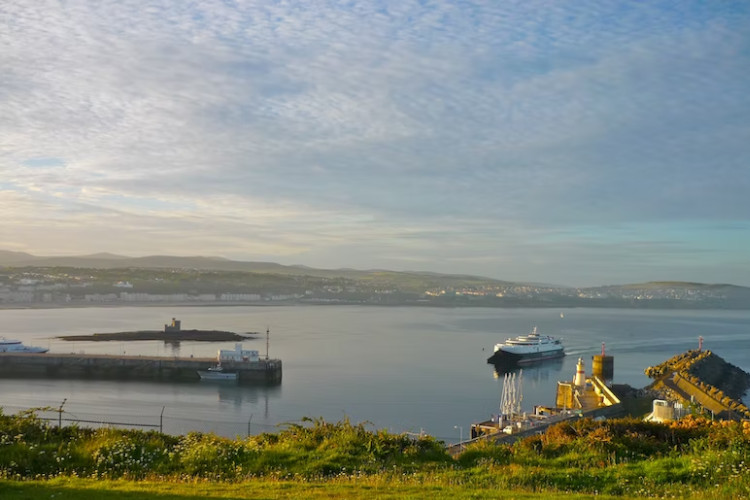
Located in the Irish Sea, about midway between England, Scotland and Northern Ireland; the Isle of Man has a long and rich history that possibly dates back to even before 6500 BCE. Since the 5th century it has been under the control and influence of Irish missionaries, Norse kings, Scottish and English royals and eventually English nobility; after which lordship was transferred back to the British Crown.
Today, despite its small population of just over 85 000, the Isle of Man is famous as a major offshore banking and tax haven. It is also renowned for its annual Isle of Man TT cross-country motorcycle race, and its growing tourism industry.
Fun facts about the Isle of Man:
- Douglas is the capital of and largest town on the Isle of Man.
- The reigning British monarch, as head of state, holds the title of Lord of Mann; which was even the case with her majesty, Queen Elizabeth II.
- The Isle of Man Parliament, known as Tynwald, dates back to 979 and is one of the oldest parliaments in the world. It has two branches: the House of Keys and the Legislative Council.
- In 1881 it also became the first parliament in the world to allow its female constituents the right to vote in national elections.
- The official languages of the Isle of Man are English, spoken by the vast majority, and Manx, a Celtic language native to the island. Manx is growing in use thanks to successful language revival efforts.
- “Manx” is also the official demonym used to refer to natives of the island, as well as the name of a special breed of cat from here.
Bailiwick of Jersey
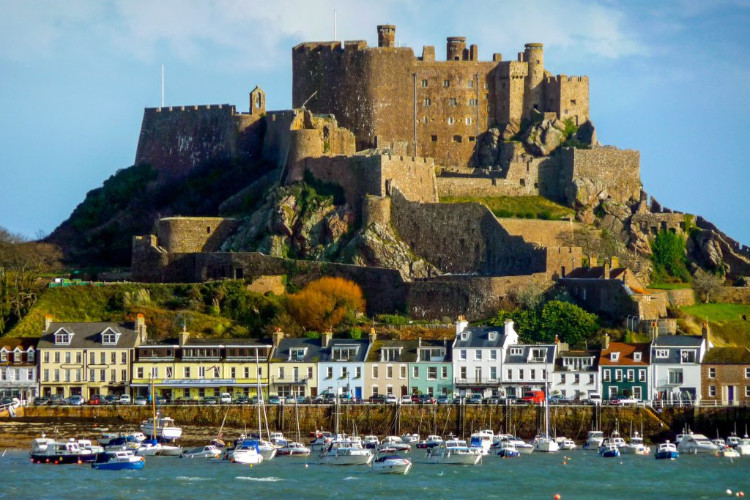
Jersey is the largest and southernmost of the Channel Islands, located just 14 miles (23km) from the coast of Normandy, France and 100 miles (160km) south of Great Britain. The Bailiwick includes the main island of Jersey, as well as some surrounding islands and named rocks.
Evidence of human settlement on Jersey dates to at least 12 000 BCE, with numerous Bronze and Iron Age settlements having been found on the island. Later influences include Roman, Breton, Viking and, most notably, Norman. Today it is home to just over 107 000 people, with a distinct mix of British and French cultures.
Jersey is renowned for its well-developed financial services industry and high quality of life. It is also a popular tourist destination sporting beautiful beaches, coastal cliffs and castles; not to mention its burgeoning art, food, sports, film and music scenes.
Fun facts about Jersey:
- The capital of Jersey is St. Helier, home to roughly a third of all islanders.
- English and French are the official languages, though about 2 800 inhabitants can also speak Jèrriais – a local variant of the Norman language.
- The Jersey Parliament is known as the States of Jersey and is comprised of 49 members that make up the Assembly. Members are independent, not affiliated with any political party, and oversee ten departments that govern local matters on the island.
- The British monarch, despite gender, is known as The Duke of Normandy in the Channel Islands (both in Jersey and in Guernsey). During past ceremonial celebrations, the islanders even honoured Queen Elizabeth II as “The Duke of Normandy, our Queen”.
- The locals are referred to as “Jerseyman”, “Jerseywoman”, “Jèrriais(e)” or simply (and most commonly) as “Islanders“.
- The US state of New Jersey is named after Jersey.
Bailiwick of Guernsey
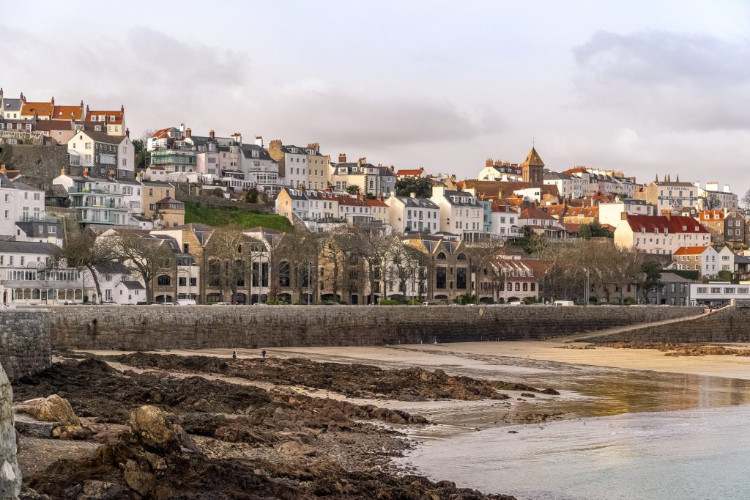
The Bailiwick of Guernsey has a history dating back to at least 6000 BCE, with evidence of Neolithic farmers being some of its earliest inhabitants. The Romans and Norse also left their marks, while the Bailiwick’s Norman heritage is evident to this day.
Just like Jersey, modern Guernsey is known for its mixture of English and French culture. It has a well-developed financial services sector and established manufacturing, construction, retail and horticultural industries. Guernsey has also become a popular tourist destination, attracting visitors to its many beautiful beaches, quaint small towns, rugged cliffs and fascinating historical sites.
When it comes to government, in the case of Guernsey, things are slightly more complicated. Where the Bailiwick of Jersey constitutes a single jurisdiction, the Bailiwick of Guernsey comprises three main islands, each being a separate jurisdiction. They are: Guernsey, Alderney and Sark. Each of these has their own parliament, though they are closely linked and work together.
Guernsey
- Guernsey is the second largest and westernmost of the Channel Islands. It is also the largest and most populated island of the Bailiwick of Guernsey, with roughly 64 000 inhabitants. It is located about 30 miles (48km) from the coast of Normandy and forms the legal and administrative centre of the Bailiwick.
- Guernsey’s parliament is known as the States of Guernsey (sometimes called the States of Deliberation), and also holds jurisdiction over the nearby inhabited islands of Herm, Jethou and Lehou. It comprises 38 elected members from Guernsey, plus 2 representatives from Alderney. The States of Guernsey can legislate on behalf of the entire Bailiwick, but usually does so with the agreement of the other two jurisdictions.
- The capital of and largest town of Guernsey is St Peter Port, home to about 20 000 inhabitants.
- The island’s official languages are English, French and Guernésiais, a traditional language derived from Norman.
- People from Guernsey are referred to as “Guernseyman”, “Guernseywoman” or “Giernésiais(e)“.
Alderney
- This tiny island is only 3 square miles (7.7 square kilometers) in area, but is home to just over 2 000 people, making it the second most populous in the Bailiwick. It is the northernmost of the Channel Islands and is also the island closest to the French coast, located only 8 miles (13km) to the west of La Hague, Normandy.
- The Alderney parliament is called the States of Alderney and is made up of 11 members, including the 2 that sit on Guernsey’s States of Deliberation. There are no political parties in Alderney, and therefore all members are independent. Despite having full autonomy according to law, an agreement signed in 1948 delegates some matters and services to the parliament of Guernsey.
- The capital and largest settlement on the island is Saint Anne, referred to by locals simply as “Town”.
- English is the only official language of the island, though it contains dialectical variations influenced by French. Alderney also once had a Norman language, called Auregnais, which has now become extinct.
- Traditionally people from Alderney were called “vaques” or “lapins”, after the cows or rabbits found on the island. Officially, however, locals are known as Ridunians.
Sark
- At just 2.1 square miles (or 5.4 square kilometers), and with roughly 500 inhabitants, Sark is the smallest and least populous jurisdiction in the Bailiwick of Guernsey. It is located about 20 miles (32km) from the French coast, just a few miles east of Guernsey.
- The parliament of Sark is known as the Chief Pleas of Sark and consists of 28 democratically elected members. Members are once again independent, as there are no political parties on the island. The nearby inhabited island of Breqhou also falls under the jurisdiction of Sark.
- English is the only official language of the island, but a local Norman dialect known as Sercquiais is also spoken by some of the older inhabitants.
- Sark was, until 2008 when it became a democracy, the last feudal political entity in Europe.
- It is also one of the last places on earth where cars are banned (though tractors and a limited number of service vehicles are allowed), and most islanders travel by carriage, bicycle or on foot.
- In 2011, Sark became the first Dark Sky Island in the world, making it a popular stargazing destination.
Now that you’ve gained all this new knowledge about the British Crown Dependencies, why not share it with friends and family? Have some interesting facts about the Isle of Man or the Channel Islands that we didn’t cover? Feel free to share it with us in the comments so we can all learn more about these fascinating and underrated destinations.

Leave a Reply